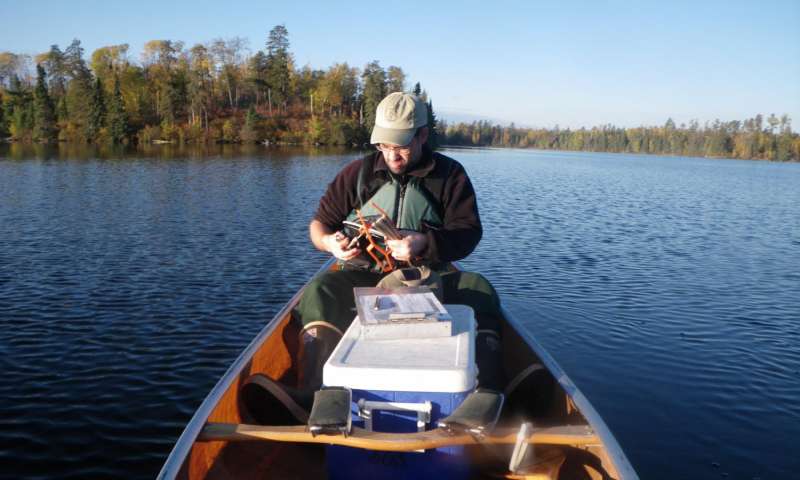
Scientists have concluded that burning Boundary Waters forests does not contribute to more mercury contamination. Forest managers had been concerned that fires could “mobilize” mercury that had previously fallen to Earth, and allow it be washed into nearby waters.
The researchers from the U.S. Forest Service, the University of Minnesota, and Stockton University spent five years studying Thelma and Everett Lakes in the wilderness. They tested year-old yellow perch as reliable indicators of fish accumulation of mercury.
The Everett Lake watershed was the site of two fires during the study, one prescribed burn and the Ham Lake Fire of 2007. The Thelma Lake watershed has not seen a fire since 1875.
The researchers measured mercury level in forest soils and the young perch, which are known to quickly show changes in environmental mercury levels in their flesh, before and after the Everett Lake watershed’s fires.
While the level of mercury in the soil declined significantly after the fires, it did not increase in the fish, according to a paper published in the Journal of Environment Quality.
While the fires ignited plant and soil material that housed mercury, which travels long distances from its source in the air before settling to Earth, researcher Randy Kolka of the Forest Service’s Northern Research Center said the mercury from the fires the team studied must have been deposited downwind from the fires, but outside the lakes and watersheds.
“We found no direct effect,” Kolka told phys.org. “So we can’t point the finger at forest fires.”
The scientists say it’s possible more intense fires could cause contamination. They hope to measure mercury levels in the lakes if a severe wildfire ever burns in the area.

